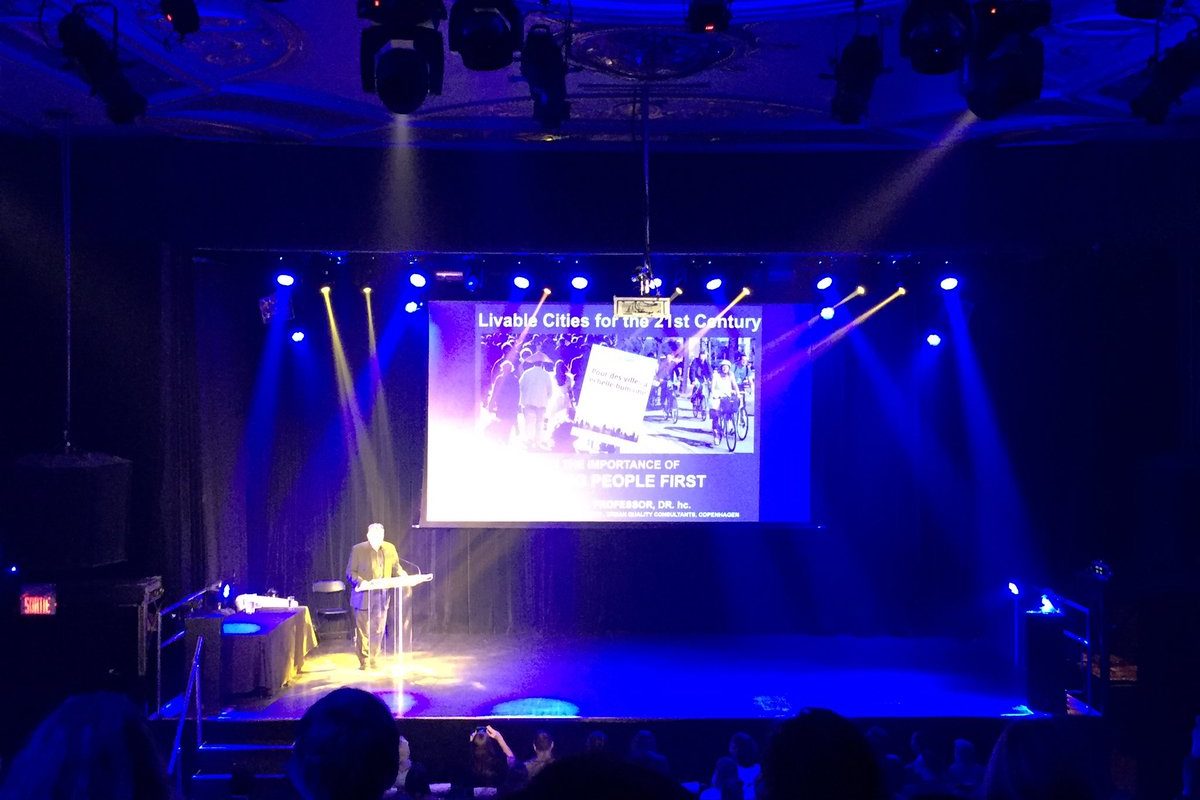
Designing better cities is pretty simple, according to Danish Architect Jan Gehl. It requires only a shift in what we measure. If we observe the movements and patterns of pedestrians and cyclists instead of measuring automobiles, the data collected will lead cities to fundamentally different design solutions that are livable and pleasant for people. Jan Gehl has built a whole career around this idea, developing a robust set of tools for observing public space. While in Montreal for the World Design Summit, Jan Gehl spoke at a tandem event organized by the Montreal Urban Ecology Centre (MUEC), TCAT’s Active Neighbourhoods project partner, to announce the French translation of his book ‘How to Study Public Life’.
The importance of the human scale and engaging with people is gaining traction in the design world. One of Themes of the Summit was ‘Participation’ and large design and planning firms shared their efforts to include a broader range of perspectives and to experiment with small scale projects in the public realm. Vancouver’s HCMA spoke at the Summit about their strategy for social impact and engagement, using the experimental offshoot ‘Tilt,’ which builds community partnerships and engages in participatory research. Also from Vancouver, urban planner Jennifer Fix shared her experience working on engagement projects with Indigenous communities towards improved streetscapes in Tofino, BC, on behalf of Dialog, one of Canada’s largest integrated planning and design firms. Car Martin, TCAT’s Participatory Design Consultant, spoke about TCAT’s participatory planning work in rural and northern contexts (Haliburton Village and Greater Sudbury) through the lens of the environmental justice movement, linking high-level systems change to discrete interventions and events.
Beyond the uptake of engagement strategies at large firms, there is also interest from academics and organizations in mapping the causation and consequences of the growing global instance of tactical urbanism projects by community groups. Sebastien Beauregard is mapping ephemeral interventions in the public realm in Santiago Chile, correlating them with major economic and political events in order to explore why they occur and what overall effect they have on the experience of the streets over time.
Whether it’s a grassroots movement or a large firm, the realization that it’s people that make cities is beginning to profoundly change the way we design them.
